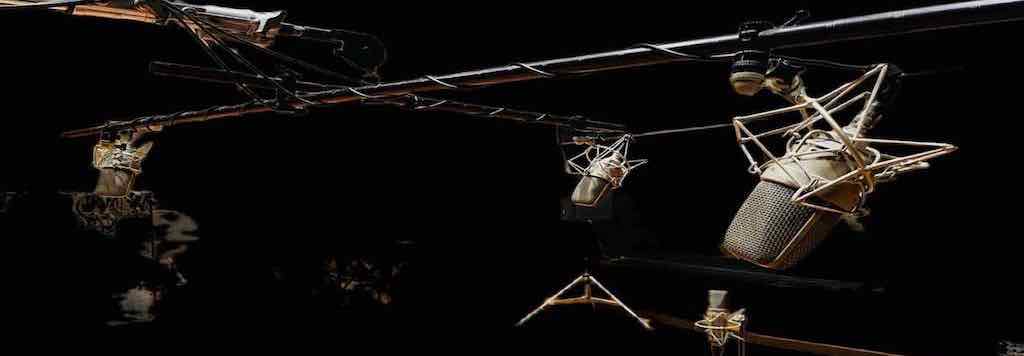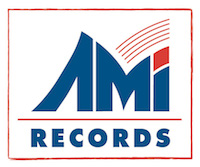on Guitar & more...


- Copyright © 2018 Asia Music International Ltd. Contact us 0


Promotions I Printed Sheet Music I Digital Sheet Music I EP I MP3_I Vinyl_I_CD I_Rarities_I_Gear





